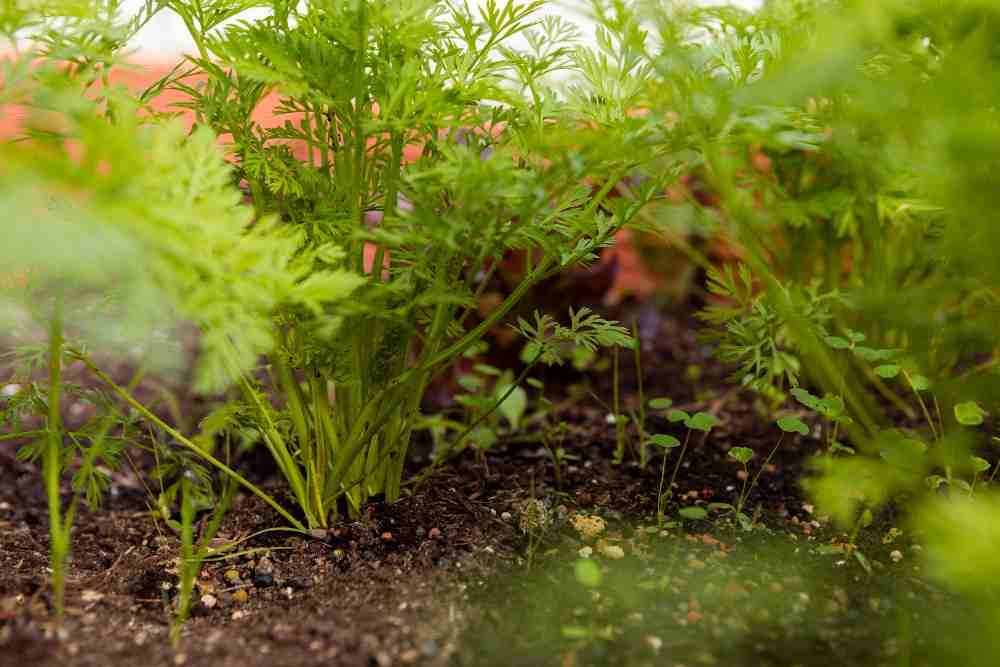Introduction
A lush, green lawn enhances your home’s curb appeal, but weeds can quickly ruin its beauty. Whether you’re dealing with dandelions, crabgrass, or clover, understanding how to identify and control lawn weeds is essential for maintaining a healthy yard.
In this guide, we’ll cover:
- Common types of lawn weeds
- How to prevent weeds from taking over
- The best methods for weed removal
- Natural and chemical control options
Let’s dive in!
Common Lawn Weeds and How to Identify Them
Weeds compete with grass for nutrients, water, and sunlight. Here are some of the most common lawn invaders:
1. Broadleaf Weeds
- Dandelions – Yellow flowers with deep taproots.
- Clover – Small white or pink flowers with three-leaf clusters.
- Plantain – Broad leaves with tall seed stalks.
2. Grassy Weeds
- Crabgrass – Light green, low-growing, and spreads rapidly.
- Annual Bluegrass – Bright green patches with shallow roots.
- Quackgrass – Tough, fast-spreading grass with deep roots.
3. Sedges & Other Weeds
- Nutsedge (Nutgrass) – Yellow or purple, grass-like with triangular stems.
- Chickweed – Small white flowers with oval leaves.
Identifying weeds correctly helps in choosing the right treatment method.
How to Prevent Lawn Weeds
Prevention is the best way to keep weeds at bay. Follow these tips:
1. Maintain a Thick, Healthy Lawn
- Mow at the proper height (usually 3–4 inches).
- Overseed bare spots to prevent weed growth.
- Fertilize appropriately to strengthen grass.
2. Improve Soil Health
- Aerate compacted soil to improve root growth.
- Test soil pH and adjust if necessary (most grasses prefer 6.0–7.0).
3. Use Pre-Emergent Herbicides
- Apply in early spring to stop weed seeds from germinating.
4. Water Deeply but Infrequently
- Encourages deep grass roots, making it harder for weeds to compete.
Effective Weed Control Methods
If weeds have already invaded, here’s how to eliminate them:
1. Hand Pulling
- Best for small infestations.
- Remove the entire root to prevent regrowth.
2. Post-Emergent Herbicides
- Selective herbicides (kill weeds but spare grass).
- Non-selective herbicides (kill all plants—use carefully).
3. Natural Weed Killers
- Vinegar Solution – Effective for young weeds.
- Boiling Water – Kills weeds in cracks and driveways.
- Corn Gluten Meal – Natural pre-emergent option.
4. Professional Lawn Care
- For severe infestations, consider hiring a lawn care service.
Conclusion
Weeds don’t have to ruin your lawn. By identifying common weeds, maintaining healthy grass, and using the right control methods, you can keep your yard looking its best.
Need help with stubborn weeds? Share your lawn struggles in the comments below!
Final Thoughts:
A weed-free lawn requires consistent care. Stay proactive with prevention and act quickly when weeds appear for the best results. Happy gardening! 🌱
Would you like any modifications or additional sections?
For more visit our website Homethreads







